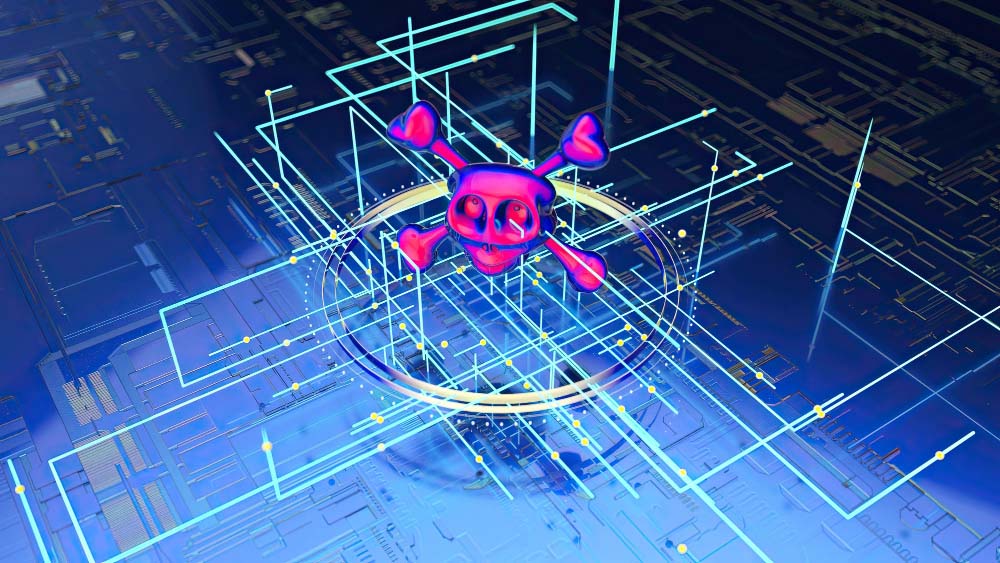Cybersecurity is no longer merely an IT problem. It’s now a priority for the boardroom. As we near the 2025 deadline security threats and their nuances are changing more rapidly than ever. From AI-powered threats to geopolitical cyberwarfare this article outlines the most significant threats and the best ways organizations can prepare for them.
1. AI-Powered Cyberattacks: Smarter, Faster, More Dangerous
Artificial intelligence can be a two-edged weapon. It can enhance security, but it is also used by cybercriminals. Nations such as China, Russia, and North Korea are increasingly using AI to create convincing phishing scams and even design deepfake material to resemble officials or executives
.
In the month of July 2025, Microsoft reported over 200 instances of fake content generated by AI, more than double the amount reported in the year before.
.
These AI-driven attacks aren’t only more frequent, they’re additionally more advanced. Cybercriminals are using multimodal AI to automatize whole attack chains, by integrating texts, images, voices and coding that is sophisticated to automatize and streamline cyberattacks
.
2. Supply Chain Attacks: The Weakest Link
The F5 security breach, believed to be caused by Chinese State-sponsored hackers revealed vulnerabilities and source code from a company that is used by more than 80 percent of Fortune 500 companies
.This is similar to the 2020 SolarWinds incident, in which attackers gained access to several government systems at a high level.
These types of attacks are especially alarming due to the interconnectedness of supply chains in the modern world. One compromised vendor could be a conduit to multiple companies, increasing the damage of a attack.
3. Ransomware 2.0: Evolving Tactics
Ransomware is still a major danger, however it’s also evolving. Some groups like Royal (also also known as BlackSuit) have employed double extortion techniques, including encryption of data, and then threating to release it if payment of a ransom
.These attacks are focusing on the most critical sectors like finance, healthcare, as well as the federal government.
In the UK The National Cyber Security Centre reported an average of four “nationally significant” cyberattacks every week, between September 2024 to August 2025, which included ransomware in many cases.
.
4. AI-Driven Phishing: Personalized and Persistent
Traditional attacks against phishing have become less effective as companies adopt more secure measures. As a result, cybercriminals are shifting to AI to create highly customized email phishing scams that resemble human language and increase the chance of successful attacks
.
The phishing scams created by AI are more convincing, and they are harder to spot, creating an enormous challenge to conventional security tools.
5. Quantum Computing: The Encryption Time Bomb
Quantum computing has the potential to break encryption methods that are currently in place which could pose a major security threat to data. The United Kingdom’s National Cyber Security Centre has suggested that companies prepare for this threat by implementing “post-quantum cryptography” standards by 2035.
.
Although quantum computers that can break the current encryption technology aren’t accessible, the rapid advances of quantum computing technology suggest companies should begin preparing for quantum computing today.
6. Shadow AI: Unseen and Unsecured
“Shadow AI” refers to the use of unapproved AI tools in organizations. They are often not backed by proper security and governance and are therefore vulnerable to being exploited. As companies increasingly embrace AI technology, the possibility that the shadow AI becoming a major security threat increases
.
How to Prepare
-
Insist on AI-driven Security: Use AI-powered security systems for threat detection and response to recognize and limit the impact of the threat of advanced attacks.
-
Increase supply Chain Security Conduct regular security checks of vendors from third parties and enforce strict access control.
-
Inform employees to provide instruction on how to recognize phishing attempts and the dangers of shadow AI.
-
Implement Post-Quantum Cryptography Beginning to transition to quantum-safe encryption to ensure your data’s security in the future.
-
Use Zero Trust architectures Take the assumption that there are threats in your network. You must then examine every request as if it originated through an untrusted network.
Final Thoughts
The cybersecurity landscape for 2025 will be marked by rapid technological advances and more sophisticated threats. Companies must take proactive and flexible security measures to keep ahead of these new threats. By investing in modern security tools, enhancing security of supply chain processes and encouraging the culture of cybersecurity awareness, companies can better defend themselves from the ever-changing threat landscape.








